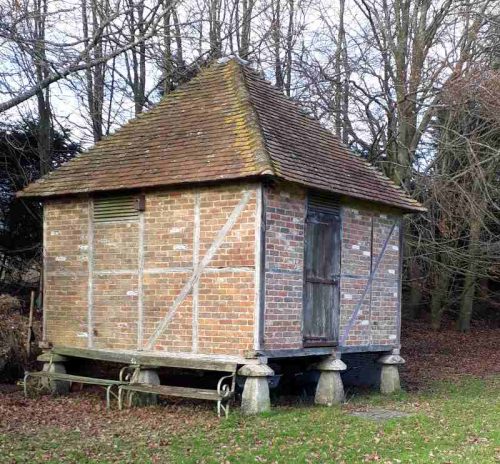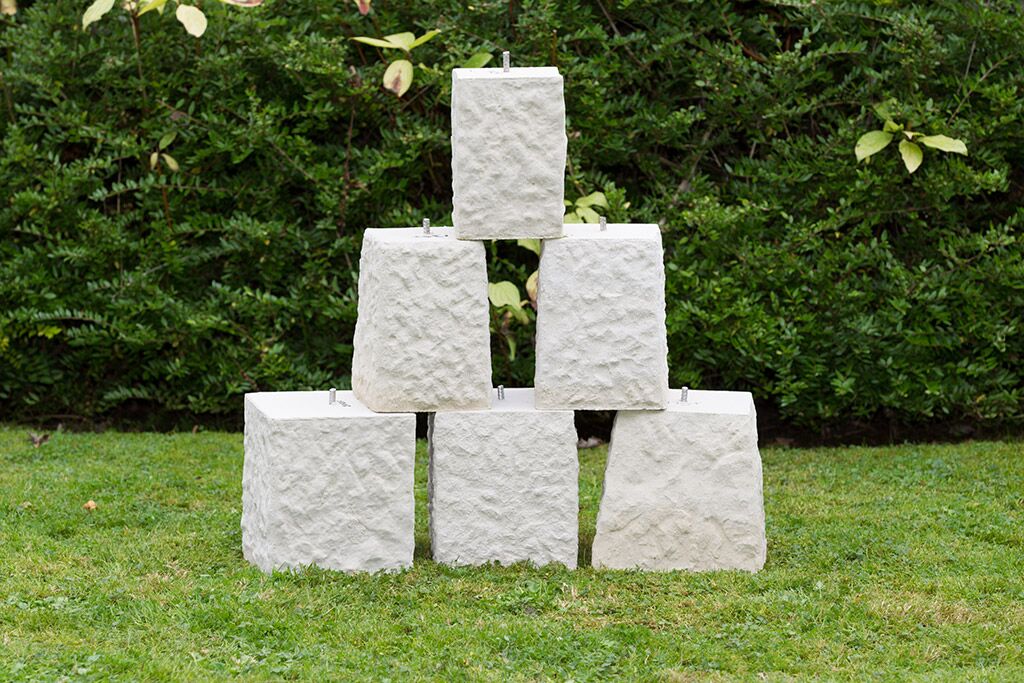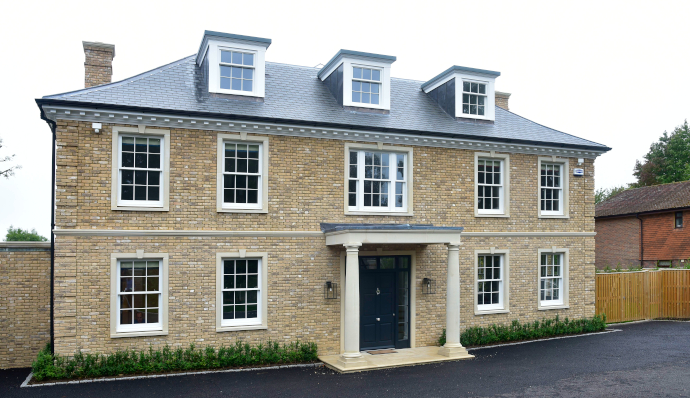Staddlestones the foundations of English gardens
Wednesday, June 24 , 2020

Staddle stones are a throwback to the 17th and 18th centuries and would have been commonplace throughout agricultural Britain. The name comes from the old English “stathol”, meaning base or support. In modern architecture and garden design there are two distinct products both called staddle stones each with different uses. Although they share a name they look very different. Here’s our quick look at both types of staddle stones.
The Mushroom Shaped Staddlestone
The traditional, mushroom shaped Staddle stone had multiple uses. The most iconic use was to raise granaries, haystacks and even beehives from the ground to improve air circulation and deter vermin. The domed cap on the staddle stone is a difficult shape for rodents to navigate from underneath. These would have been common sight around the countryside. Staddle stones were also used to define the entrances to driveways and pathways to properties. They were also used as boundary stones.

Traditional Sussex outbuilding raised on staddle stones.
Regional Variations
Traditionally staddle stones would have been carved from whatever stone was available in the area. This also led to many local variations in the style and shape. Hampshire staddle stones have a more conical base, those from Sussex had a more rounded top, while those from Dorset and the Cotswolds are more square based and in Monmouthshire they were carved from distinctive red sandstone.

Chilstone staddle stone
Vintage Staddlestones
Vintage staddle stones are collectible. They increase in value as they grow moss and lichen, especially if they are in pairs. These make quirky garden ornaments and work well in planted flower beds to add interest all year round. They also make an attractive alternative to bollards, to mark a driveway or area. They can look particularly striking covered in frost in an otherwise bleak, winter landscape.

Chilstone’s cast stone weathers to a darker patina and encourages moss and lichen growth.
Staddlestones to support Timber Frames
The second type of staddle stone is a block shape and is used to support timber frames buildings. It is sometimes called a padstone From gazebos to stables and car ports, these sturdy blocks help to prevent wooden posts from rotting and extend the lifespan of the building. They also provide a sturdy foundation. Our padstones are sent to be cube tested at an independent laboratory to ensure they meet industry standards for weight bearing. They also come with a locating pin to ensure they can be fitted into the center of your timber post.

Chilstone handmade and strength tested staddle stone or padstone
Staddle stones add a country feel to new timber frames, combining style and function. It is important to purchase a quality staddle stone that will last and provide a stable base for your timber frames building. Our staddle stones or padstones are very popular and our team are happy to advise you on the best size and shape for your project.

A car port supported by Chilstone padstones
Open by appointment
Our sales lines are open 7 days a week 01892 740866 or email office@chilstone.com and our show gardens are open by appointment only. Call our team and book an appointment to discuss your needs. With over 65 years in business hand making our stone products, we can make bespoke items on request.

A selection of Chilstone staddle stones or padstones in different sizes and shapes

Designed by Brand Skillings Ltd | Website managed by Weekend


